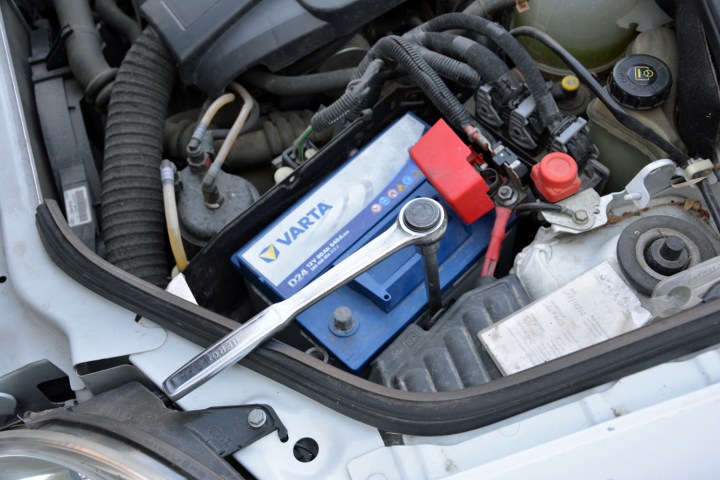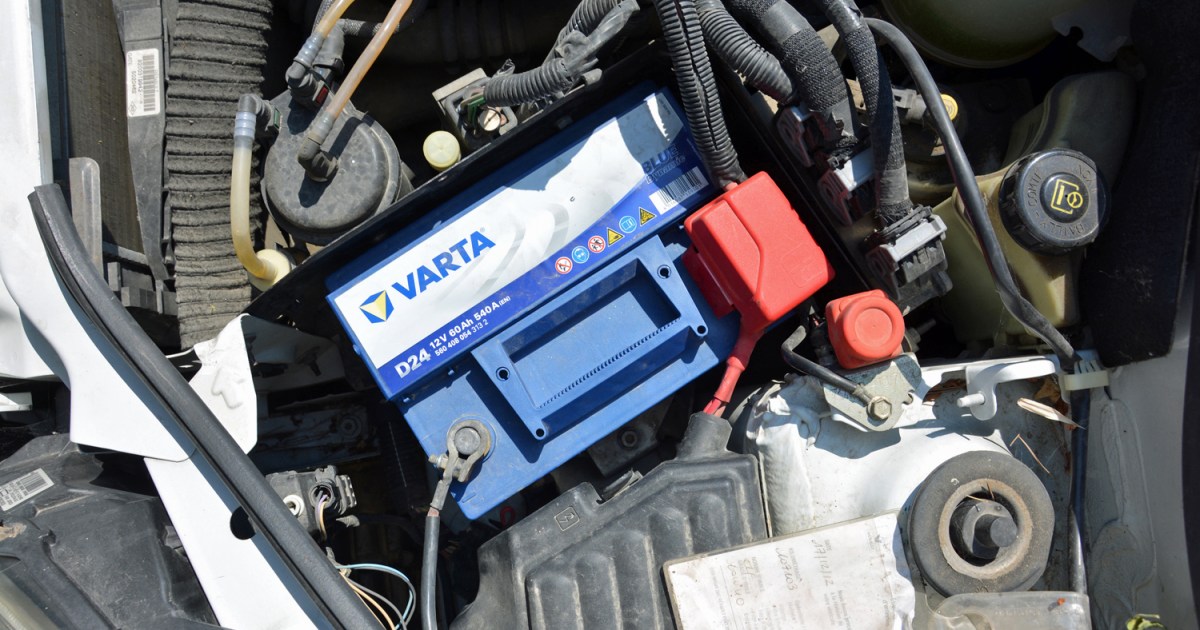Car batteries, much like tires, are consumable components that require periodic replacement. No battery lasts forever, and their lifespan depends on a variety of factors, including vehicle type, daily mileage, driving habits, and the climate.
Understanding these factors can help you maximize your battery’s life and avoid unexpected breakdowns. Let’s explore the key elements that influence a car battery’s lifespan and how to recognize the signs of a failing battery.
Factors Affecting Battery Lifespan
A new car battery typically lasts around five years under ideal conditions. However, “ideal” is a relative term. It implies a perfectly functioning electrical system, regular full charging cycles, and consistent moderate temperatures.
The Electrical System
A healthy electrical system is crucial for battery longevity. Components like the alternator, voltage regulator, wiring, and grounds all play a role. A fault in any of these can strain the battery, leading to premature failure. Regular maintenance and addressing electrical issues promptly are essential for extending battery life. Dimming headlights, especially when using other electrical components, or noticeably dimmer dashboard lights can indicate underlying electrical problems.
Charging Cycles
Short trips prevent the alternator from fully recharging the battery. Every time you start your car, a significant electrical surge cranks the engine. If your commute is short, the alternator might not have enough time to replenish the charge depleted by starting. Occasionally taking your car on a longer drive (20-30 minutes) allows the alternator to fully recharge the battery, promoting its health.
Climate
Extreme temperatures, both hot and cold, significantly impact battery performance. Cold weather thickens engine oil, requiring more energy to start. Simultaneously, cold temperatures reduce battery effectiveness. This combination of increased demand and reduced capacity puts a strain on the battery.
 how to change a car batteryImage: A car battery being tested.
how to change a car batteryImage: A car battery being tested.
High temperatures are even more detrimental. While starting is generally easier in warmer weather, the heat under the hood accelerates water evaporation from the battery’s electrolyte solution and promotes corrosion of the internal plates. This degradation can significantly shorten battery life. While locating the battery in the trunk or under the rear seat mitigates some heat exposure, it’s not a complete solution.
Dealing with a Dead Battery
A dead battery is inconvenient, but thankfully, it’s usually a quick and inexpensive fix.
 how to change a car batteryImage: Jumper cables connected to a car battery.
how to change a car batteryImage: Jumper cables connected to a car battery.
Jump-starting with cables is a common solution, requiring another vehicle or a portable jump pack. For manual transmission cars, push-starting (with assistance) is another option, though not a solo endeavor. Keeping jumper cables in your vehicle is always a wise precaution.
Conclusion
Understanding the factors that affect battery life empowers you to take proactive steps to extend its lifespan. Regular maintenance, mindful driving habits, and awareness of temperature extremes are key to avoiding unexpected battery failures. Being prepared with jumper cables or a jump pack ensures you’re equipped to handle a dead battery efficiently.











